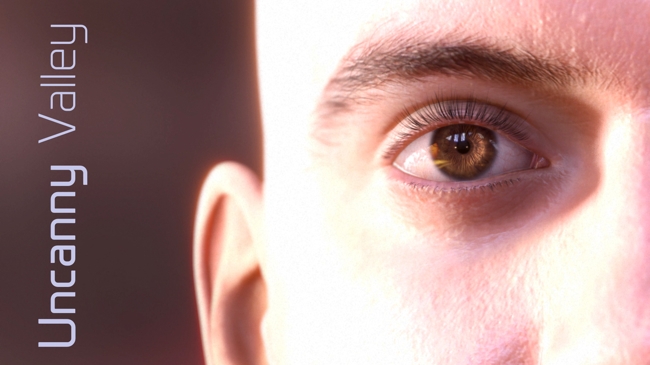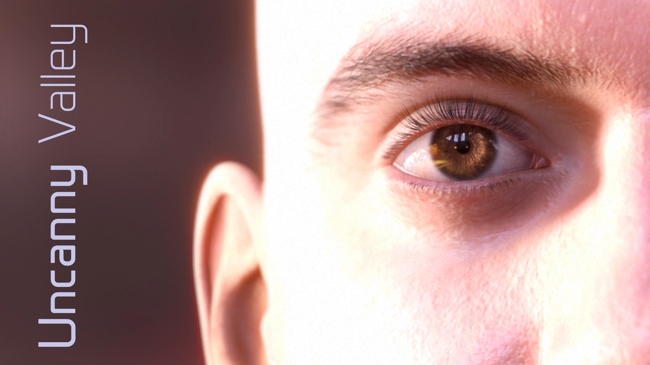
 Uncanny Valley
Uncanny Valley
Will we ever have completely digital actors intermingling with real ones? Will we soon have feature films where dead actors are brought back to life through the miracle of CGI and motion capture? Will computer generated images of humans ever be so good that we can't distinguish them from the real thing in any way?
And - while we're on the subject - will we ever feel comfortable having photographically real robots around us?
It seems strange to be actually writing these words knowing that I'm not penning a work of science fiction. We've talked about this stuff for a very long time. But it's different now, because this is real. It's a real topic for debate because we have the technical ability to do this now.
We can make hyper-realistic faces
As you can see from the picture at the top of this article, there's no difficulty (but still an immense amount of skill) for artists, with the right technology, to make a human face that's extremely, ultra, hyper-realistic. And motion capture has solved many of the issues that haunted films like The Polar Express where the characters were motion-captured, but, ultimately, unconvincing. Avatar got round this problem to some extent with detailed facial capture, but, quite clearly, we're not authorities on the facial features of real Na'vi, so we're not in a position to judge or be repelled by the accuracy of their representation in the film. We weren't so lucky with Robert Zemeckis' A Christmas Carol, which was a perfectly charming and effective film, despite the creepiness of the motion-captured actors.
Warming to CGI actors
With CGI humans, we have real issues with warming to them, in a way that we don't with the most inhuman of objects, like Wall•E, for example. And that's because we expect humans to behave like humans, and it is what we mean by that that causes the problem. What we mean by "being human" is the sum of the little things we do that defines us and our relations with other humans.
For example, some of our "body language" is quite overt, and easy to emulate in an "avatar". Sitting cross-legged, or drumming our fingers is a simple mechanical matter.
But what about the tiny eye movements, coupled with an almost infinitesimal eyebrow twitch? What about the moment of eye contact; surely a mutual thing requiring real-time understanding and co-operation.
Interaction
And what about the interaction of all these minutiae, all taking place on a continuous basis as opposed to a series of snapshots.
It's no wonder that we find a cheerful garbage-collecting robot more engaging: we don't have any expectations of body language, so any sign of a movement that we recognise as a gesture is accepted without question - precisely because it's not human.
It's basically anthropomorphism: the tendency to ascribe human attributes to non-human objects or animals. We do this very well, unless the subject of our attention is trying to be human.
The frequently used term "uncanny valley" is probably too high a level of concept but it does describe the overall effect very well.
Will we ever cross it? Well, by definition, if we ever do, we won't realise it.
Thanks to Activision Blizzard and their researcher Jorge Jimenez for this incredible image
Tags: Technology


Comments